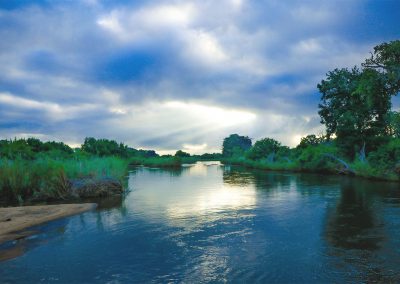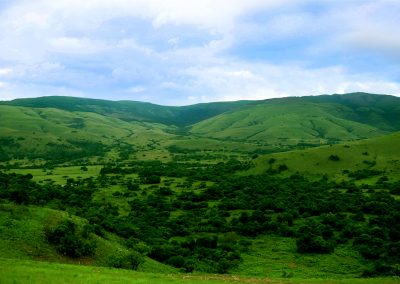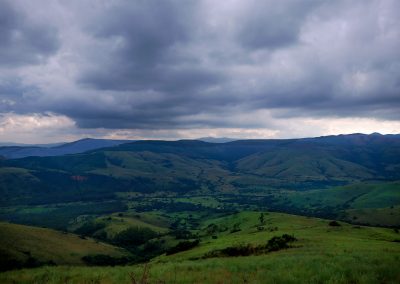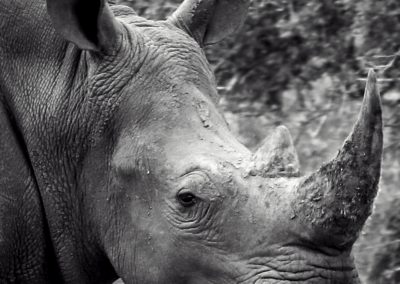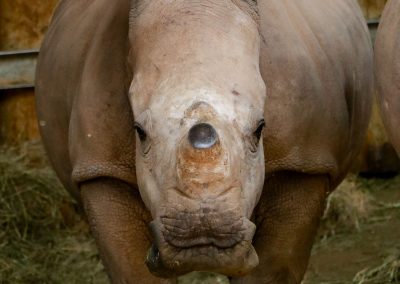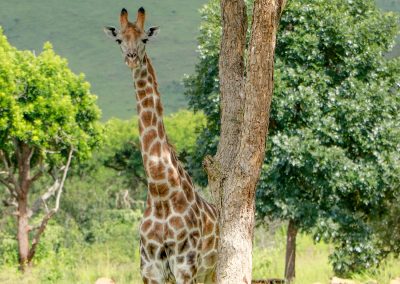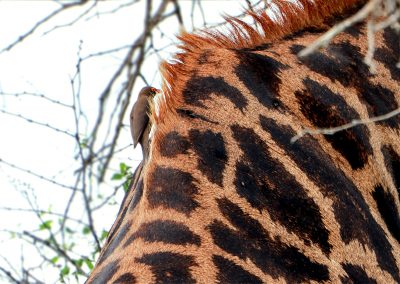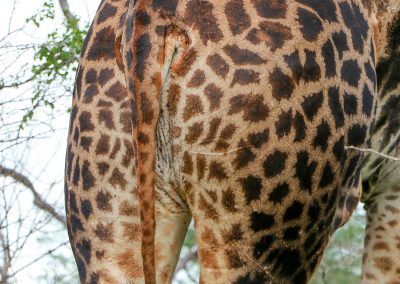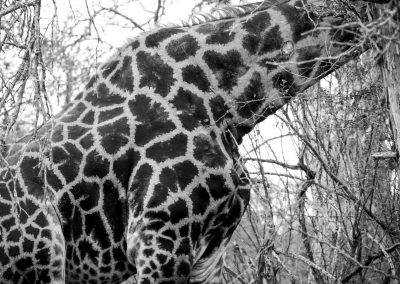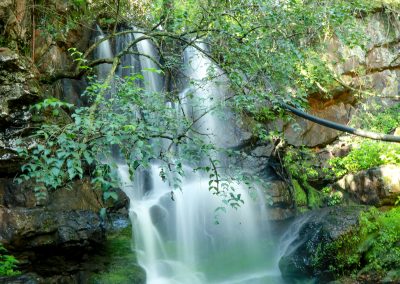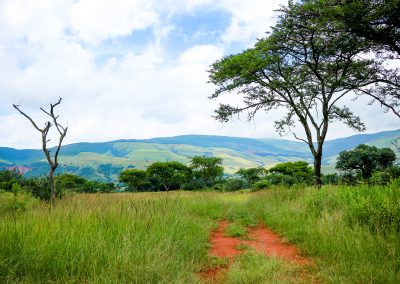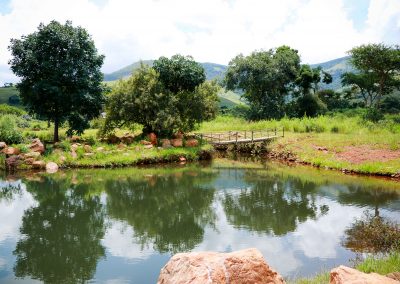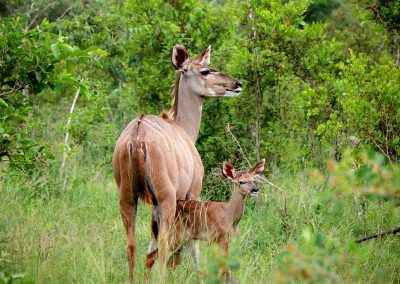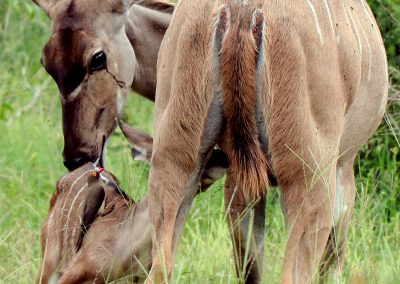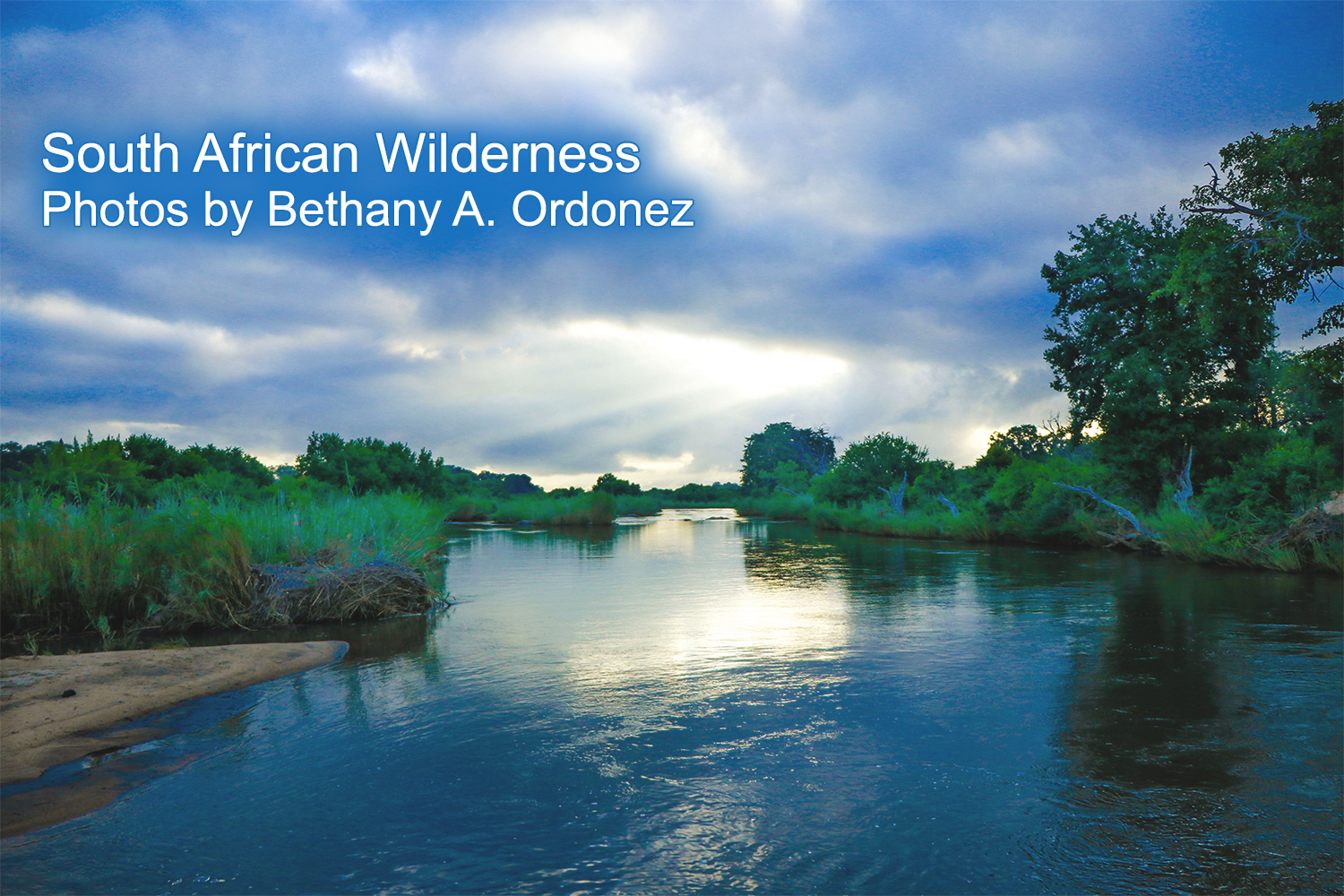
EarthDesk is again pleased to present a gallery of photographs by Pace masters in environmental science candidate Bethany A. Ordonez taken in her native South Africa — a follow-up to her Africa’s Giants gallery of last week. I asked Bethany how she had her start in photography:
When we turned 10, my parents allowed us to pick out a “big gift”. I picked out a children’s camera that took 110 size film cartridges, and basically I have been behind the lens ever since. I have boxes and boxes of photos and negatives from pictures I have taken over the years.
More from Bethany about her photography and her home country after the gallery. All images ©2017 Bethany A. Ordonez.
EarthDesk: Looking at this week’s gallery and last week’s elephant photos [Africa’s Giants], one can’t help but consider your circumstances while taking the pictures. Tell us about that.
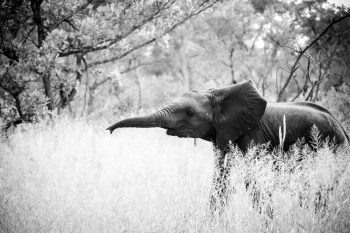 Bethany: The elephant pictures were taken earlier this year in Kruger National Park. It’s a huge park and well worth a visit if you are ever in the country. We saw quite a few herds during our stay there, but the most incredible sighting was that baby elephant. We knew it was there because of the way the females were behaving and we waited a good half an hour watching the herd move along the side of the road. The baby was just small enough that we couldn’t see it in the tall grass. Suddenly the mother turned and walked across the road in front of us and shortly afterward the baby ran out from the bush, it’s little trunk in the air trying to catch up to it’s mom. Cutest thing I have ever seen. African elephants are so much bigger than their Asian counterparts, and it is truly a privilege to see them in the wild.
Bethany: The elephant pictures were taken earlier this year in Kruger National Park. It’s a huge park and well worth a visit if you are ever in the country. We saw quite a few herds during our stay there, but the most incredible sighting was that baby elephant. We knew it was there because of the way the females were behaving and we waited a good half an hour watching the herd move along the side of the road. The baby was just small enough that we couldn’t see it in the tall grass. Suddenly the mother turned and walked across the road in front of us and shortly afterward the baby ran out from the bush, it’s little trunk in the air trying to catch up to it’s mom. Cutest thing I have ever seen. African elephants are so much bigger than their Asian counterparts, and it is truly a privilege to see them in the wild.
EarthDesk: Last week, you talked about the value South Africans place on the nation’s wildlife, and the issues that you all have fought, such as the dunes of St. Lucia. How does government respond?
Bethany: The sad reality is that there is a lot of corruption in government and so often the wishes of the many are overlooked in favor of lining the pockets of the few. That doesn’t mean we stand idly by though; we really don’t give up that easily. Even those that live in huge, bustling cities such as Johannesburg are not far removed from the outdoors, and the media ensures that the general public is very aware of what is happening in the country with regard to conservation, especially because it is such a huge source of income for the nation.
Pace has given me a greater understanding of the animals I see in the wild. I look at the animal and see not only the animal, but its place in the ecosystem as well.
EarthDesk: You clearly love your home country. How often do you return?
Bethany: I try to go back home at least once a year to see my family. Every time I go back we spend a few days exploring. Last year I went snorkeling with sharks off of the Durban coast. This year I spent a night in Kruger National Park and had the most incredible experience there. The landscape of South Africa is as diverse as its people, and is some of the most beautiful I have ever encountered.
EarthDesk: How has the Pace masters in environmental science program advanced your interests? What are your plans after finishing your degree?
Bethany: I was drawn to Pace because of the level of faculty on offer. These are people who have had real hands-on experience in the field, who were able to give a deeper understanding to the topics we would learn in class. Learning about population dynamics and wildlife conservation in the classroom has given me a greater understanding of the animals I see in the wild. It gives a whole new aspect to my experience when I look at the animal and see not only the animal, but its place in the ecosystem as well. After my Masters I would love to be able to get involved with an NGO doing real work on the ground. I would like to be involved not only in field work, but in the business side of things. I’m also interested in the sustainability side of environmental science and how that pertains to the business world.

